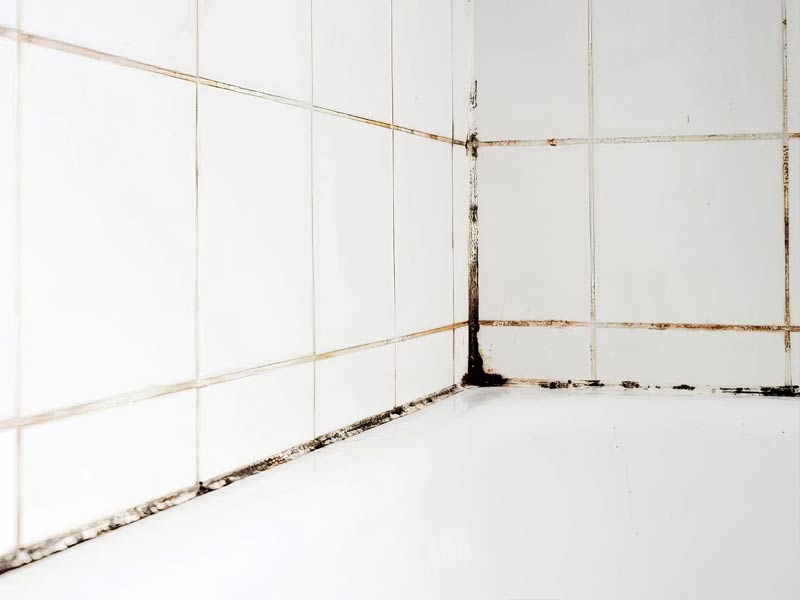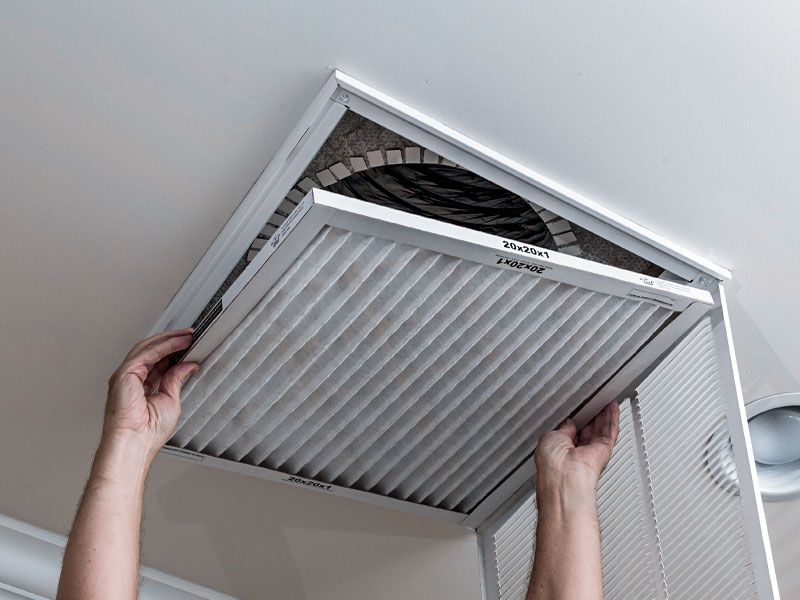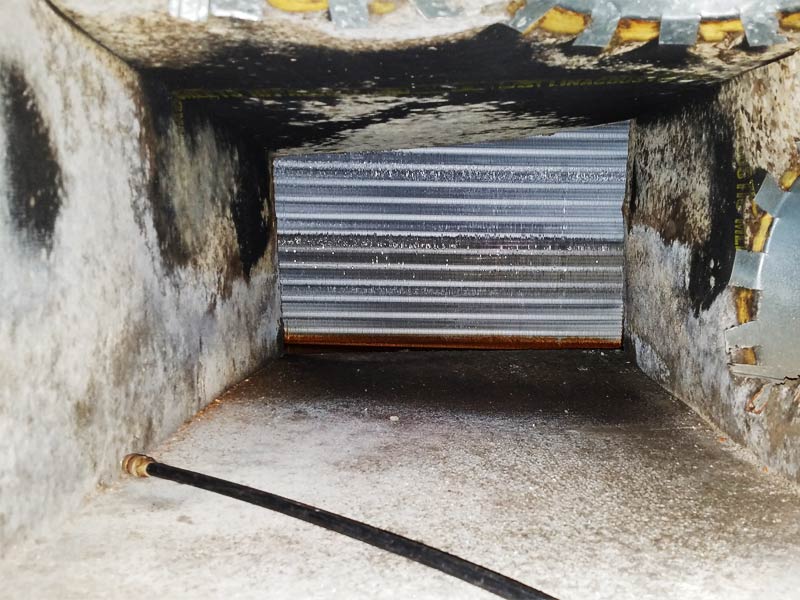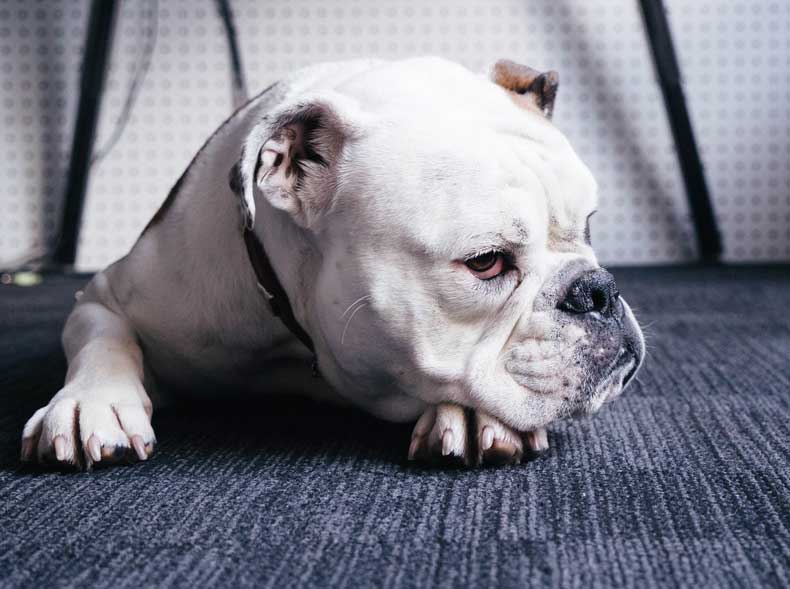Understanding Mold in Shower and Bathroom
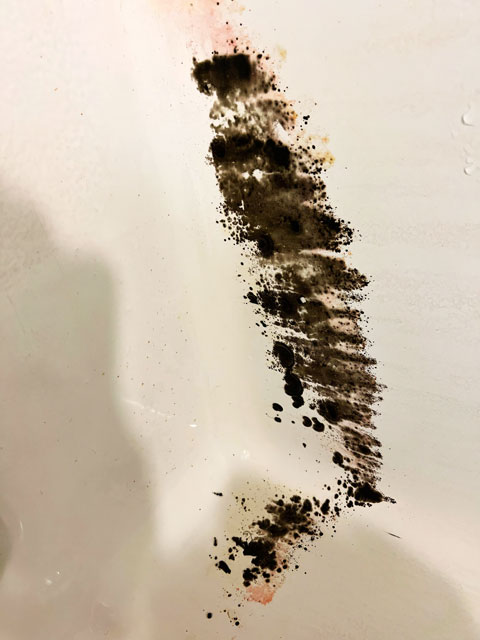
Before we dive into the nitty-gritty of how to get rid of mold, it’s important to understand what mold is and why it grows in bathrooms. Mold is a type of fungus that thrives in damp environments. It can grow on a variety of surfaces, including tile, grout, and even shower curtains. Mold spores are everywhere, and they can easily find their way into your bathroom through windows, doors, and even through the walls.
So why do bathrooms make such great breeding grounds for mold? Well, it’s simple: bathrooms are typically damp places, especially after a shower or bath. The moisture in the air, combined with the humidity from the shower, creates the perfect environment for mold to grow. And if you don’t keep on top of things, that mold can quickly spread and cause some serious problems.
Common Types of Mold in the Shower and Bathroom
- Black Mold (Stachybotrys chartarum) is one of the most common types of mold found in bathrooms. It’s called “black mold” because it appears black or dark greenish. It can grow on a variety of surfaces, including bathroom tile, grout, and even shower curtains. Black mold is particularly problematic because it can release spores into the air, causing respiratory issues and other health problems.
- White Mold (Trichoderma, Epicoccum) is another type of mold that can grow in bathrooms. It’s called “white mold” because it appears white or grayish. It’s less common than black mold, but it can still cause problems if left unchecked.
Other types of mold you might find in your bathroom include:
- Green Mold;
- Yellow Mold;
- Orange Mold;
- Pink Mold.
Each of these types of mold can cause different problems, so it’s important to identify the type of mold you’re dealing with and take the appropriate steps to get rid of it.
Identifying Mold in the Bathrooms
So, how do you know if you have mold in your bathroom? Here are some signs to look out for:
- Visible mold growth on surfaces such as tile, grout, and shower curtains;
- Musty odors in the bathroom;
- Water stains or discoloration on surfaces;
- Peeling paint or wallpaper in the bathroom;
- If you notice any of these signs, it’s time to take action and get rid of that mold before it spreads.
Preparing for Mold Removal in Bathroom and Shower
Preparing for mold removal in the bathroom requires careful attention to safety, as mold can be hazardous to your health if not handled properly. Here’s a more detailed explanation:
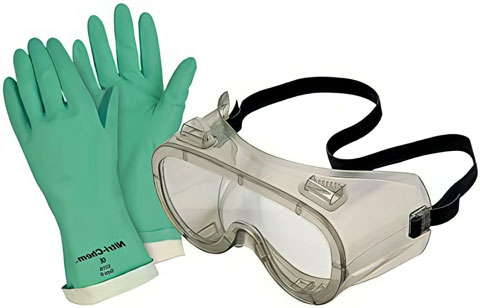

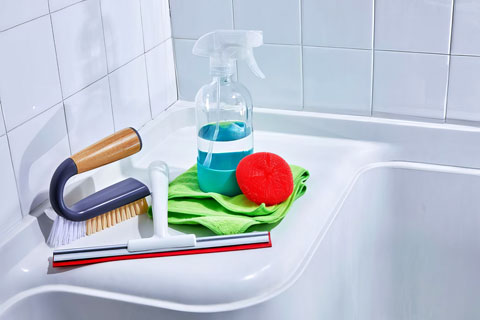
- Goggles and gloves: Wearing protective goggles will shield your eyes from mold spores, which can cause irritation, allergies, or even respiratory issues. Nitrile or plastic gloves, preferably with a tight fit, will safeguard your hands from direct contact with mold and cleaning solution, preventing skin irritation or potential infections.
- Mask: A respirator mask, such as an N95 or a half-face respirator with a HEPA filter, is essential to filter out mold spores while you work. This will minimize the risk of inhaling mold particles, which can lead to respiratory problems.
- Ventilation: During mold removal, it’s crucial to minimize air circulation to prevent mold spores from spreading. Turn off exhaust fans, open windows, and use a fan or dehumidifier to create negative pressure. This will help to draw out the damp air and reduce the likelihood of mold particles floating through the room.
- Proper lighting: Ensure you have adequate lighting to see clearly, as mold can grow in dark corners or crevices. Natural light is ideal, but if that’s not possible, use bright LED bulbs to illuminate the area.
- Avoid cleaning without preparation: Before starting, take a moment to clear the area of any loose items that might obstruct your work or get in the way. This includes towels, rugs, and other porous materials that can absorb mold.
- Work in sections: Divide the moldy area into manageable sections to prevent overwhelming yourself and minimize the risk of mold particles spreading.
- Keep a supply of cleaning materials: Maintain a supply of cleaning supplies, such as a bucket, brush, rags, and cleaning solutions, within reach without compromising your safety.
Remember, mold removal can release spores into the air, so proper ventilation and personal protective equipment are non-negotiable. By prioritizing safety, you’ll not only protect yourself but also ensure a more effective and successful mold remediation process.
Cleaning and Removing Mold in Bathroom
Cleaning Mold with Bleach
One of the most effective ways to kill any mold is to use a bleach solution. Nevertheless, it is important to apply bleach in an area with proper ventilation!
Mix one part bleach with three parts water and apply it to the mold it directly in the affected areas. Let the solution sit for at least 15 minutes before scrubbing the mold away. Avoid mixing bleach with other cleaners!
Bleach works well on impervious surfaces like bathtubs, sinks, showers, and toilets. However, refrain from using it to clean mold off walls or ceilings.
Work with Borax
Borax is a natural white powder that serves as an effective way to eliminate mold in your shower. Simply prepare a mixture by combining a one cup of borax with a gallon of warm water. Transfer this mixture into a spray bottle and apply it to the areas that need cleaning. Employ a fresh cloth, a scrubbing brush, or a sponge to scrub away the mold marks. The leftover borax can be used to clean the floor of the shower.
Using White Vinegar for Mold Removal
If you’re not a fan of harsh chemicals, white vinegar can also be a powerful mold-killer. It’s suitable for scrubbing shower tiles and can be applied directly to the showerhead. Apply vinegar on the targeted spot and allow it to soak for a duration of 10 to 15 minutes before cleaning it off with a cloth or sponge. If the area is particularly stubborn, use a fresh bristle brush to scour the mold.
However, be aware that while vinegar is highly effective for mold removal, using it without dilution can result in a rather strong and potentially offensive smell.
Use Baking Soda for Mold Treatment
Combine water and baking soda to create a thick mixture. Spread this mixture over the moldy area and leave it to penetrate for about ten minutes. Afterward, take a scrubbing brush to remove the paste through scrubbing.
Hydrogen Peroxide
Hydrogen peroxide serves as an additional bathroom mold remover. Its inherent antifungal and antibacterial characteristics make it an ideal solution for combating mold. The way it functions is by decomposing the vital elements of the microorganisms.
Removing Mold With a Toilet Bowl Cleaner
Another excellent product you can use to remove mold from your shower is a regular toilet bowl cleaner. Simply pour the toilet bowl cleaner on the area where the mold is growing and place a paper towel on top to hold it in place. Let the cleaner sit for an hour or even overnight. Extremely stubborn stains will take longer to remove. You can also reapply the solution at any time.
What is the method for removing black mold from the silicone in the surfaces of your shower
Removing black mold from shower silicone can be more challenging compared to other surfaces due to silicone’s porous nature, allowing mold to infiltrate and become harder to eradicate.
- One of the initial steps you can take is to attempt to scrub off the mold using a toothbrush or a similar brush with soft bristles. This method is most effective when the mold is superficially located on the silicone and not ingrained too deeply.
- Another method to remove black mold from shower silicone involves a vinegar-based mixture. Allow the mixture to penetrate for a short duration before using a brush or sponge to vigorously clean the mold away.
- Should the previously mentioned techniques fail – use bleach.
If you continue to have difficulty removing mold, consider replacing the mold-affected areas of the silicone.
Preventing Mold Growth
To prevent mold growing in the bathroom, follow these tips:
- Ventilation: Keep your bathroom well-ventilated. Use an exhaust bathroom fan during and for at least 30 minutes after you bathe or shower to help remove excess moisture. If you don’t have an exhaust fan, consider installing one. In the meantime, open a window or use a portable fan to help circulate the air.
- Dry Surfaces: After showering or taking a bath, use a squeegee, towel, or mop to dry off the walls, floors, and any other wet surfaces. This helps reduce the moisture on which mold can grow.
- Repair Leaks: Check for and repair any leaks in your bathroom fixtures, including the sink, toilet, and bathtub/shower. Leaks can contribute to excess moisture and mold growth.
- Clean Regularly: Regularly clean your bathroom with mold-inhibiting products. Pay special attention to grout lines, shower curtains, and any areas where mold is prone to grow.
- Use Mildew-Resistant Products: Consider using mildew-resistant shower curtains, liners, and paint designed specifically for bathrooms.
- Keep Fabrics Dry: Ensure any towels, rugs, or fabric shower curtains are dried after use. Hang them so they can air out properly.
- Monitor Humidity Levels: Keep humidity levels in your bathroom below 50%. You can use a hygrometer to measure the humidity and a dehumidifier to keep it under control if necessary.
- Seal Grout Lines: If you have bathroom walls tiles, make sure the grout lines are well-sealed to prevent moisture from seeping in.
- Avoid Keeping Wet Items: Don’t leave damp towels or clothes in the bathroom. Hang them to dry outside the bathroom or in a well-ventilated area.
- Use Anti-Mold Products: When cleaning, consider using cleaning products that contain mold killer agents like bleach, vinegar, or hydrogen peroxide (but never mix these chemicals together).
- Proper Storage: Store your shampoo, soap, and other products in a way that allows them to drain and dry out between uses, rather than leaving them in a puddle of water.
By following these steps, you can greatly reduce the likelihood of mold growth in your bathroom. Remember that consistent effort is key to preventing mold; occasional deep cleaning alone might not be sufficient if the environment remains conducive to mold growth.
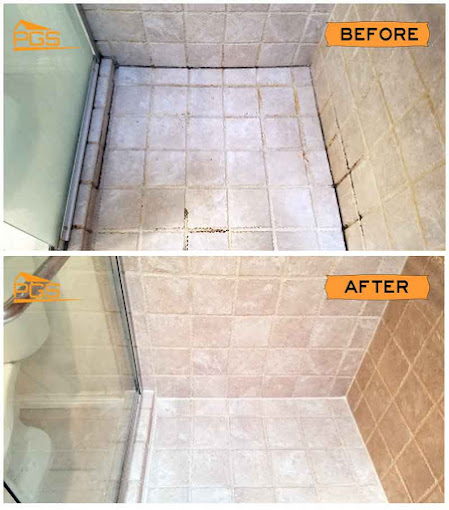
Contact ProGeneralService for Professional Mold Remediation Services
If the mold problem in your bathroom is extensive or you’re not comfortable dealing with it on your own, it may be time to call in the professionals to clean and repair the mold affected surface.
Our company has the proper equipment, methods, and experience to safely and effectively remove mold, restoration of the affected surface as well as identify and eliminate the underlying cause to prevent future mold growth.
Whether you opt for a DIY approach or call in the pros, the key is to act quickly and tackle the mold problem head-on. By following these recommendations, you can successfully rid your shower or bathroom of mold and maintain a healthy, mold-free environment.
